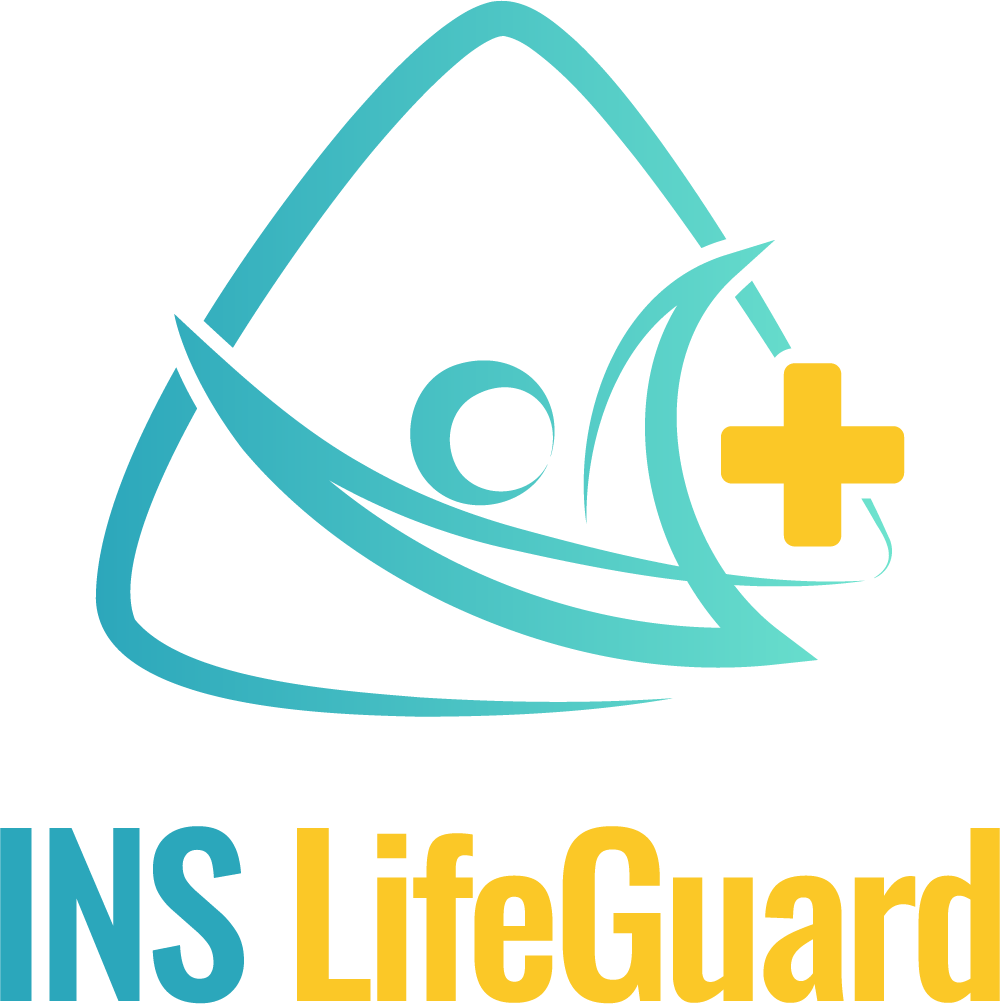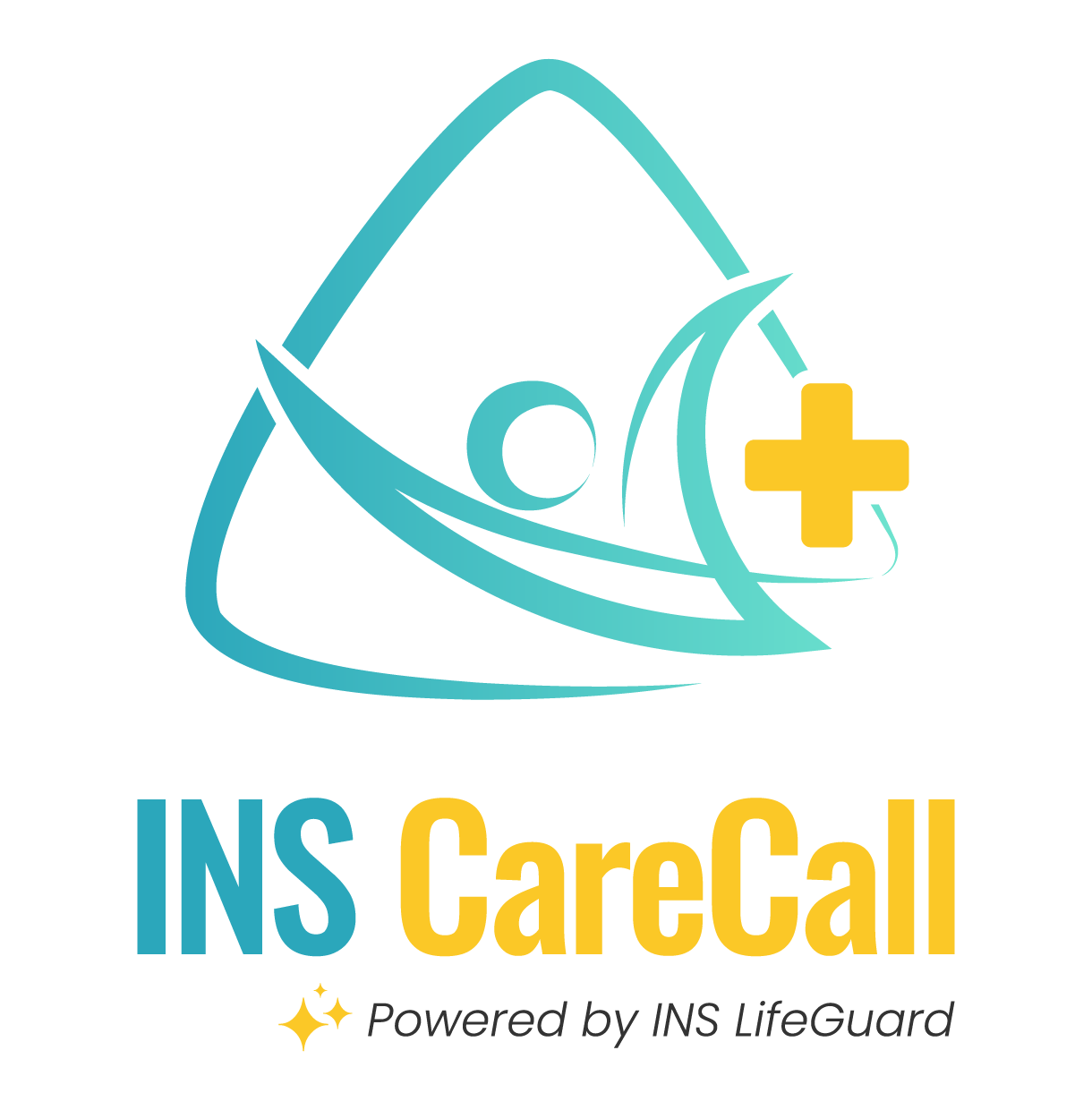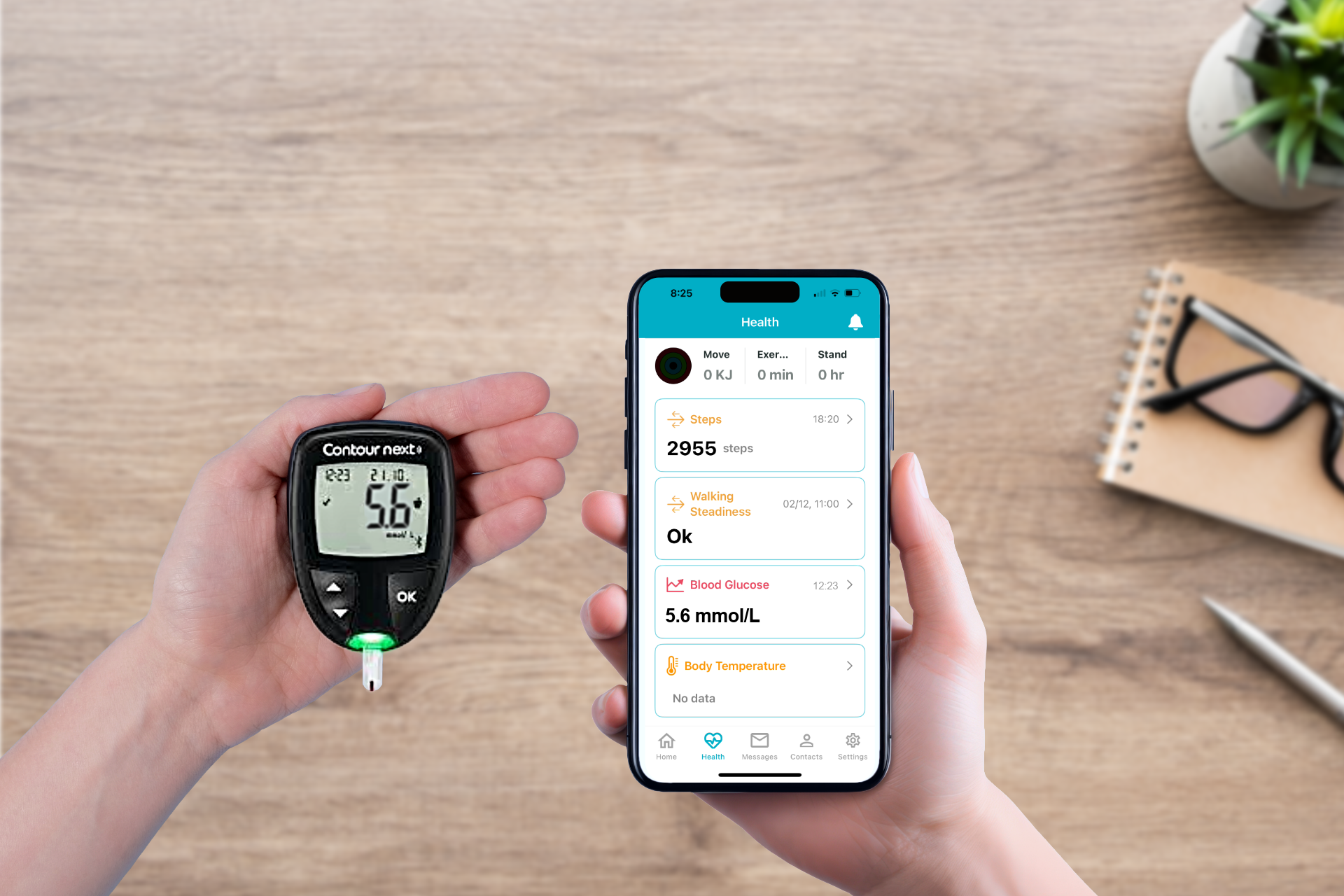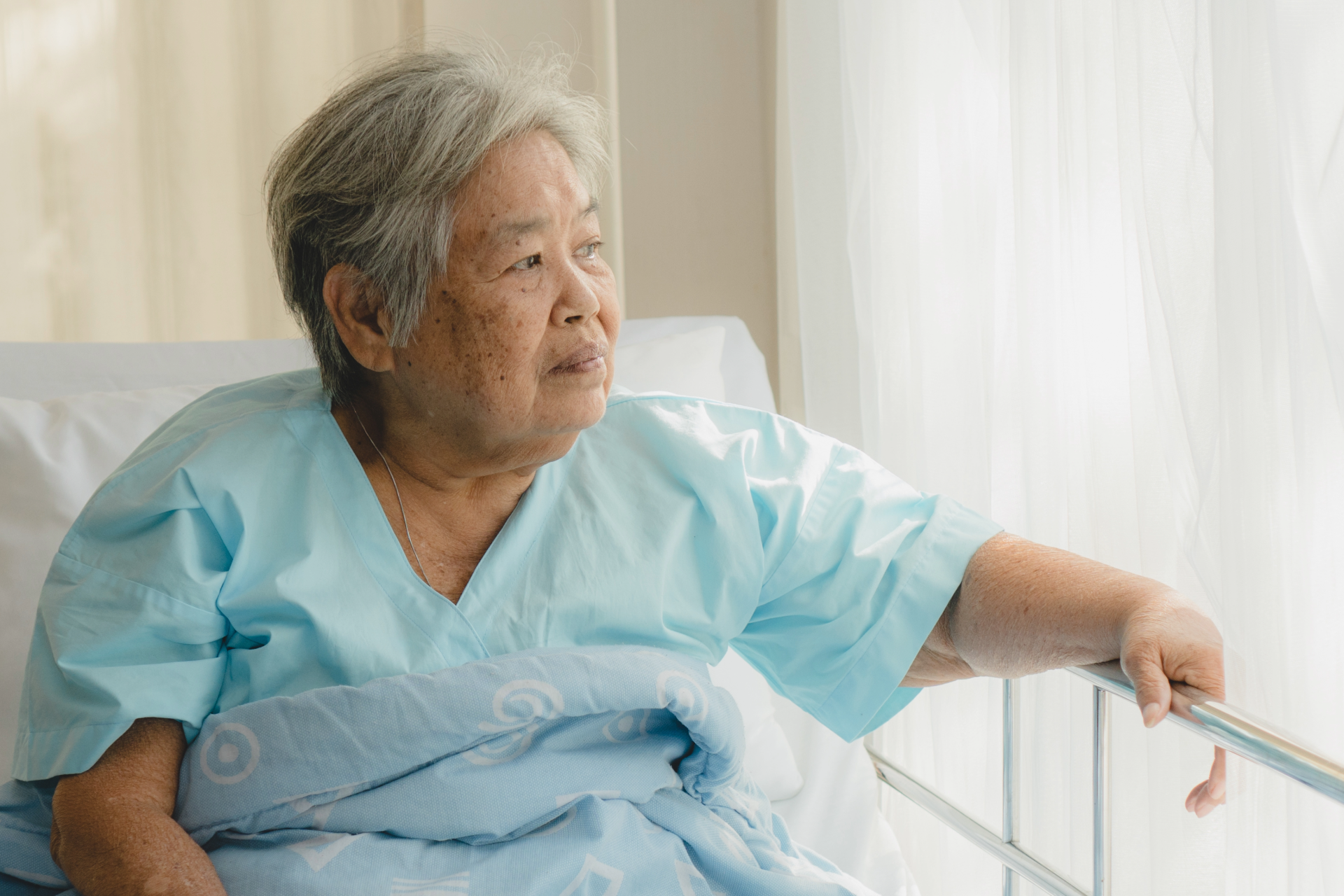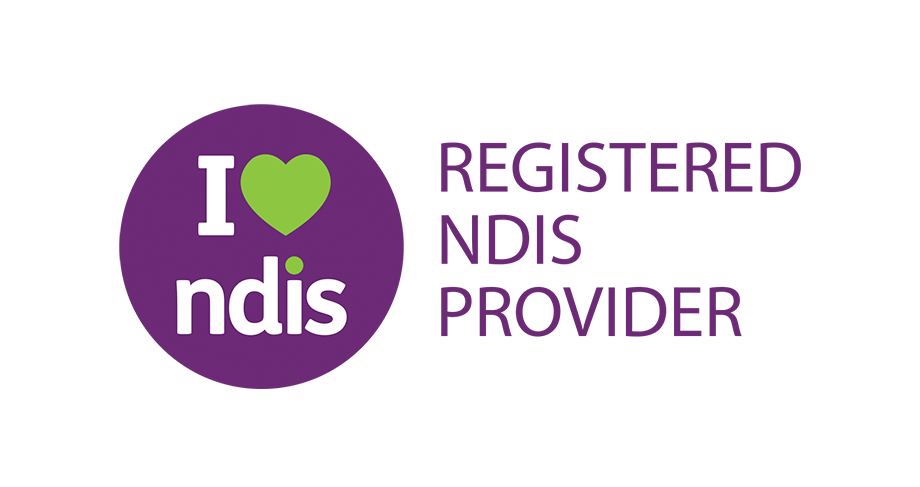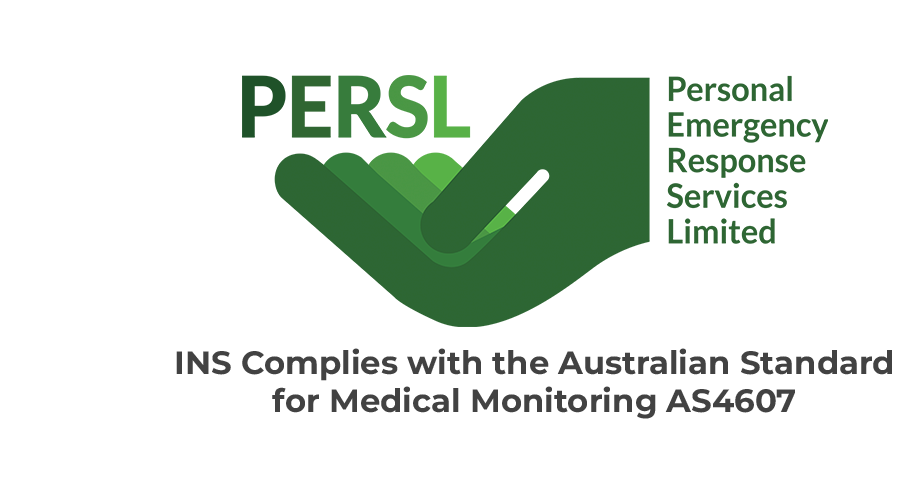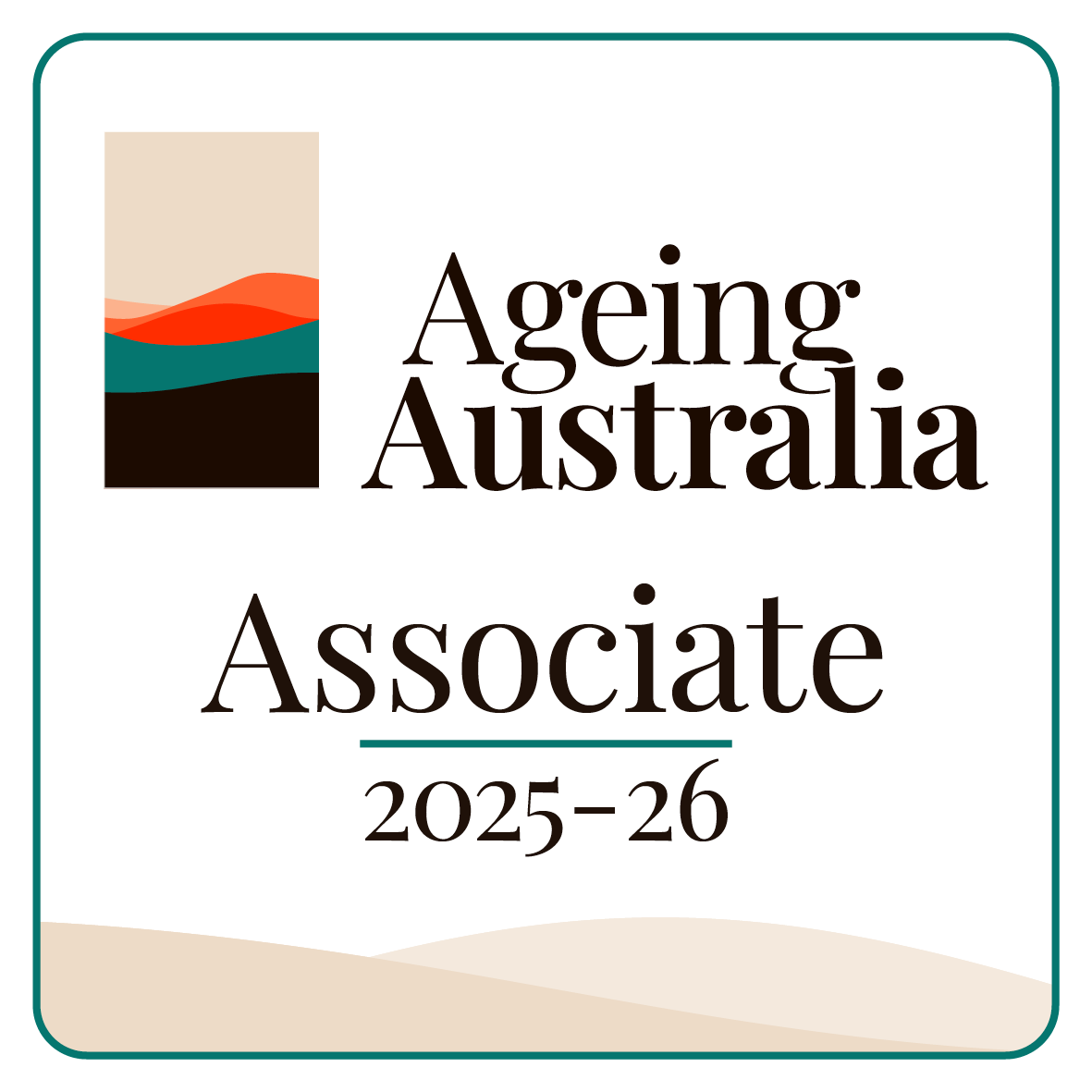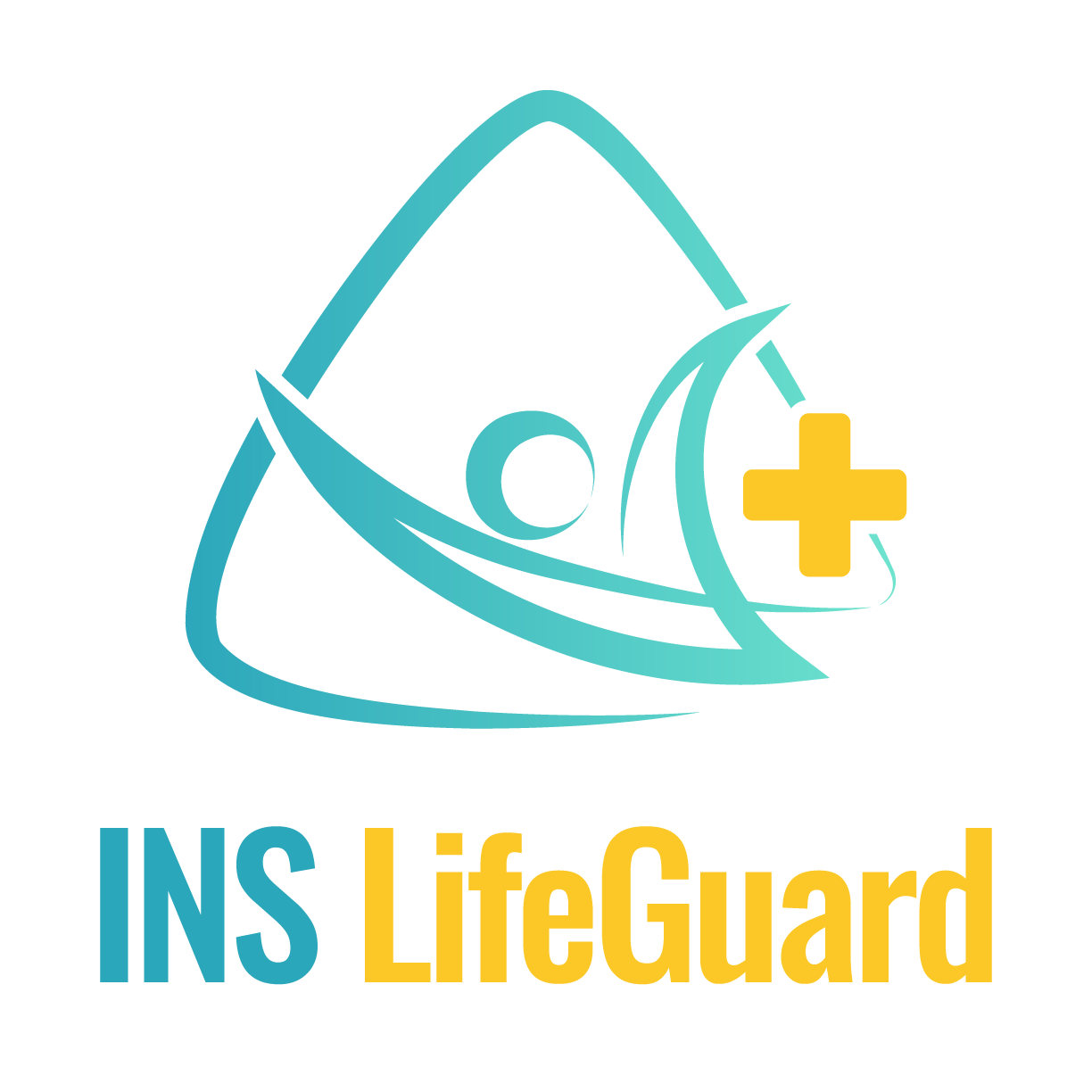Have a Question?
Understanding the Impact of Cancer in Australia: Facts and Figures
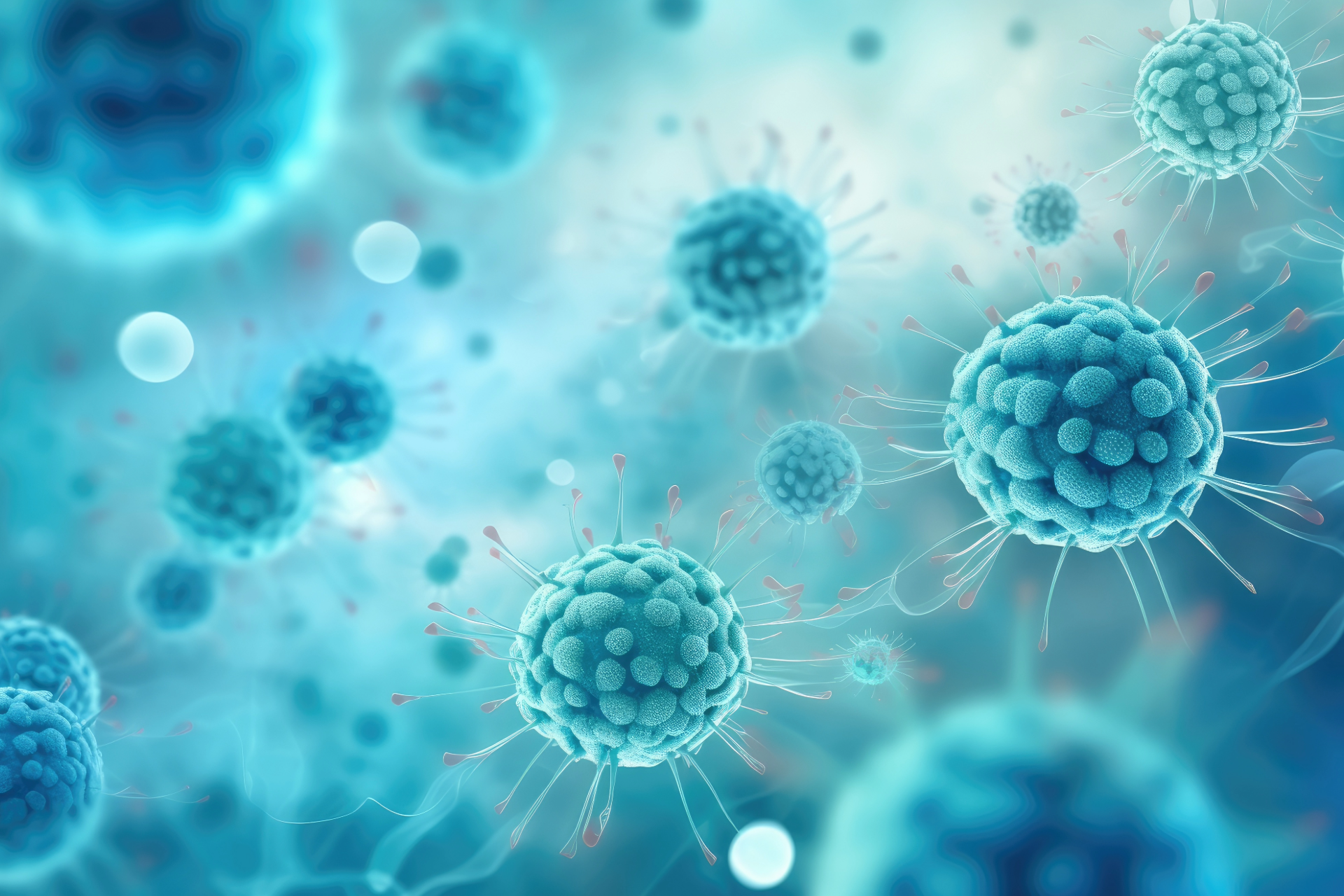
According to an Australian Cancer Database, there are over 150,000 cancer-diagnosed cases each year. The condition affects individuals, families, and communities across the country. Every diagnosis brings uncertainty, emotional challenges, and logistical hurdles, especially for vulnerable populations such as Torres Strait Islander people, lone workers, and seniors.
Recognising the widespread nature of cancer and its uneven impact across regions and demographics, it's essential to examine not just the numbers but the context behind them. From how many Australians are affected to which cancers are most prevalent and how survival rates differ, we must understand cancer as a national challenge that requires both data-driven insight and compassionate response.
In this blog, we'll explore insights into cancer in Australia, including cancer incidence rates, commonly diagnosed types, outcomes, and survival trends. You’ll also find targeted analysis on specific cancers such as lung, liver, prostate, and breast and how access to services and support systems can shape health outcomes.
Australian Cancer Statistics
To grasp how deeply cancer affects Australians, it's worth looking at the broader national landscape. Australia continues to experience high rates of cancer diagnosis, with more than 160,000 new cancer-diagnosed cases reported annually. It includes a broad spectrum of cancers. Breast cancer, prostate cancer, liver cancer, and lung cancer are among the most common cancers diagnosed. The burden is widespread but uneven; older populations and Indigenous Australians, including Torres Strait Islander people, face unique challenges in accessing timely and effective care.
Trends in Cancer Incidence Across Australia
The cancer incidence rates refer to the number of new cancer cases diagnosed during a specific period. In Australia, these rates have remained stable over the last decade, but new cases continue to rise due to population growth and improved screening efforts.
Detailed Insights:
- The top common cancers include breast, prostate, liver, and lung cancer.
- Prostate cancer is the most frequently diagnosed in men, while breast leads among women.
- Liver cancer is growing in prevalence and is often detected late, leading to poor survival outcomes.
- Incidence patterns are regionally specific; for example, data from South Australia shows a higher incidence of liver and colorectal cancers among residents aged 50+.
Contributing Factors:
- Aging population and increased longevity.
- Improved diagnostic technologies and public awareness.
- Environmental and lifestyle influences (e.g., smoking, alcohol consumption, diet)
Lung Cancer
Lung cancer is one of the deadliest forms of cancer, primarily because symptoms often appear when the disease is already advanced. It's not the most commonly diagnosed, but it is one of the most lethal.
Key Statistics:
- Lung cancer is responsible for approximately 18% of cancer-related deaths in Australia.
- Cancer survival rates remain low, around 20%, due to late-stage diagnoses.
- The age-standardised mortality rate for lung cancer remains one of the highest among all cancers.
At-risk Populations:
- Older adults, particularly those over 65.
- Individuals with a history of smoking or occupational exposure to chemicals.
- Rural populations with limited access to diagnostic imaging and respiratory specialists.
Support Strategies:
- Early symptom recognition and screening programs.
- Remote alert system can help trigger nurse intervention if early symptoms are noticed (e.g., coughing, breathlessness).
- Emergency response capability helps manage sudden deterioration or falls related to treatment side effects.
Prostate Cancer & Breast Cancer
These two cancers are highly prevalent but show significantly better outcomes when identified early.
Risk Factors:
- Excessive sun exposure, especially during childhood or adolescence.
- Fair skin, light hair, and a tendency to burn rather than tan.
- Family history of melanoma or presence of many moles or atypical skin lesions.
Current Trends:
- Australia has one of the highest melanoma rates globally, especially in people over 50.
- Early detection leads to very high survival, with five-year survival over 90%.
- Rural populations may experience delays in diagnosis due to fewer dermatology services.
Melanoma
Melanoma is a serious form of skin cancer that can spread rapidly if not detected early. While highly treatable in its early stages, advanced melanoma can become life-threatening in a short period of time.
Risk Factors:
- Excessive sun exposure, especially during childhood or adolescence.
- Fair skin, light hair, and a tendency to burn rather than tan.
- Family history of melanoma or presence of many moles or atypical skin lesions.
Current Trends:
- Australia has one of the highest melanoma rates globally, especially in people over 50.
- Early detection leads to very high survival, with five-year survival over 90%.
- Rural populations may experience delays in diagnosis due to fewer dermatology services.
Colorectal Cancer
Colorectal cancer affects the large intestine and is one of the most commonly diagnosed cancers in Australia. It often develops slowly and can be caught early through regular screening.
Key Statistics:
- Second leading cause of cancer-related death in Australia.
- Five-year survival rate exceeds 70% if caught in the early stages.
- Screening programs for people aged 50–74 have significantly improved detection.
At-risk Populations:
- Adults over 50, especially with a family history of bowel cancer.
- Individuals with diets high in processed meats and low in fibre.
- People with chronic bowel inflammation, such as Crohn’s disease or ulcerative colitis.
Recognising Cancer Symptoms:
A Free Downloadable Guide
To support early detection and empower Australians with health knowledge, we’ve created a free, one-page printable guide to help you recognise the possible warning signs of cancer. This quick-reference guide lists the most common symptoms and provides general information on how cancer can affect the body. This resource is especially useful for individuals monitoring changes in their health, those with a family history of cancer, and anyone looking to take a proactive role in their wellbeing.

Cancer Deaths and Mortality Rates in Australia
Despite improvements in treatments and survival, cancers combined continue to exert a major toll on Australian families.
Annual figures:
- Around 50,000 cancer-related deaths per year.
- Mortality rates vary widely between different cancer types.
- Age-standardised mortality rates show higher death ratios in older men, especially from lung and liver cancers.
Highlights:
- Lung cancer accounts for the highest number of fatalities.
- Declines in prostate and breast cancer deaths due to better screening and awareness.
- Disparities persist among Torres Strait Islanders, who experience significantly lower survival due to delayed diagnoses.
Cancer Outcomes and Survival Trends Nationwide
Australia ranks relatively high in global cancer survival figures, with national averages indicating around 70% of patients surviving at least five years post-diagnosis. According to recent cancer data, outcomes for common cancers such as breast and prostate are particularly strong, with five-year survival rates exceeding 90%, a testament to early detection and advances in treatment. However, deaths from cancer diagnosed at later stages, such as lung and liver cancer, continue to show significantly poorer survival rates.
These disparities are influenced by several factors, including uneven access to screening tools in regional and remote areas, lower health literacy among older and isolated populations, and inconsistent follow-up care once treatment ends. Improving these areas remains critical to ensuring that survival gains are felt more equitably across all communities.
Cancer: One of Australia’s Leading Causes of Death
Cancer has become one of the most common causes of death in Australia. A combination of factors drives this shift: more Australians are living longer, which naturally increases the chance of developing cancer with age, and improvements in diagnostic technology mean more cases are being detected than ever before.
Changes in lifestyle and environment have also contributed over time, with habits like smoking, poor nutrition, and reduced physical activity playing a role in long-term risk. Together, these forces shape a national health challenge that affects individuals and communities across every region.
Implications for Care Systems:
- Continued investment in community health education.
- Expansion of emergency medical alert services.
- Greater emphasis on coordinated care between hospitals, primary care providers, and at-home services.
Final Thoughts
Cancer impacts communities across Australia in varied and deeply personal ways, and understanding the data is a crucial step toward better health outcomes. From incidence rates to survival trends, every insight highlights the importance of early detection, equitable access to care, and responsive healthcare solutions.
That’s where INS LifeGuard makes a difference. As Australia’s leading provider of 24/7 monitored personal alarms, INS LifeGuard supports seniors, lone workers, and vulnerable individuals with nurse-led emergency response services, GPS-enabled safety technology, and telehealth features.
Our mission is simple yet powerful: to help Australians live more independent and secure lives, knowing qualified help is always within reach at the press of a button.
To learn more or speak with our team about how INS LifeGuard can support you or your loved ones, please contact us today.

About
INS LifeGuard is the only 24/7 nurse on-call personal and medical monitoring in Australia. We provide monitoring technology for both in the home and on the go and can also monitor other provider's equipment. Our services are suitable for anyone wanting support to stay independent such as the elderly, those with medical conditions and disabilities plus enhancing safety and security for lone workers.
